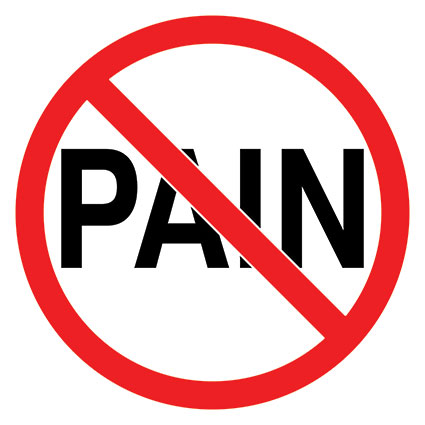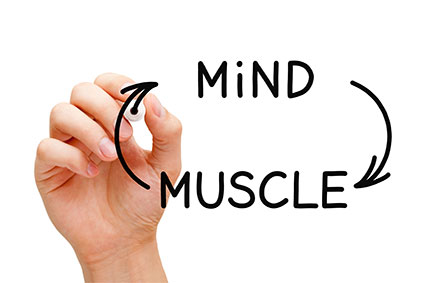Post-Surgery Treatment | 4 Reasons Why Kelly Starrett Chooses H-Wave
Dr. Kelly Starrett, DPT explains why he and his team reach for H-Wave when treating their post-surgery patients, since its ability to provide drug-free on-demand pain relief, functional restoration, and flush out congestion are unmatched
1. On-Demand Pain Relief
H-Wave is a great pain-relieving alternative to opioids and other pharmacologic interventions because it’s drug-free. Unlike pain medications H-Wave causes no harmful side effects within the body, but it’s still available to the patient 24/7 anytime pain relief is needed. H-Wave’s HIGH Frequency setting provides immediate, on-demand pain relief that lasts long after treatment is finished. Patients can experience hours and hours of pain relief from H-Wave’s analgesic effects of the high frequency setting.
2. Immediate Post-Surgery Tissue Decongestion
H-Wave’s LOW Frequency provides non-fatiguing muscle contractions which increase blood circulation and flush out waste and congestion from the tissues. It can be used for extended periods of time without damaging the tissues or muscles. The ability to manage congestion immediately post-surgery also helps prevent swelling from building up. The non-fatiguing muscle contractions allow early mobilization and loading of the tissues without pain or damage to the tissues, which helps the patient’s ability to heal at the maximum rate possible.
3. Better Neuromuscular Connection
With on-demand pain relief and non-fatiguing muscle contractions, H-Wave allows early movement of the tissues immediately post-surgery. This signals to the brain that movement is ok, therefore preventing fear guarding by getting non-threatening input into the system ASAP. By increasing perfusion and managing swelling, H-Wave helps maintain connectivity between the tissues and brain. With better neuromuscular connection, the body has less fear about moving after the trauma of surgery and can get back to function faster.
4. Long-Term Tissue Congestion Management
Surgery disrupts the associated vascular networks, capillary beds, and lymphatic beds around the trauma site which can be difficult to rebuild and maintain the neuromuscular connection. As noted above, H-Wave can help with these issues. Additionally, H-Wave provides an on-going model to continue to manage long-term swelling as the tissues continue to take on more loading while patients move more and get back to their daily activities. As each patient moves through the different phases of healing post-surgery, Kelly and his team often see congestion build back up. Whereas H-Wave can help prevent this and keep patients mobile by providing a long-term solution so that swelling doesn’t become an issue 6-9 months down the road after surgery.
You may also like:
Improving Total Knee Replacement Recovery Time with Dr. Kelly Starrett
Improving Back Surgery Recovery Time Utilizing H-Wave | Dr. Kelly Starrett, DPT

